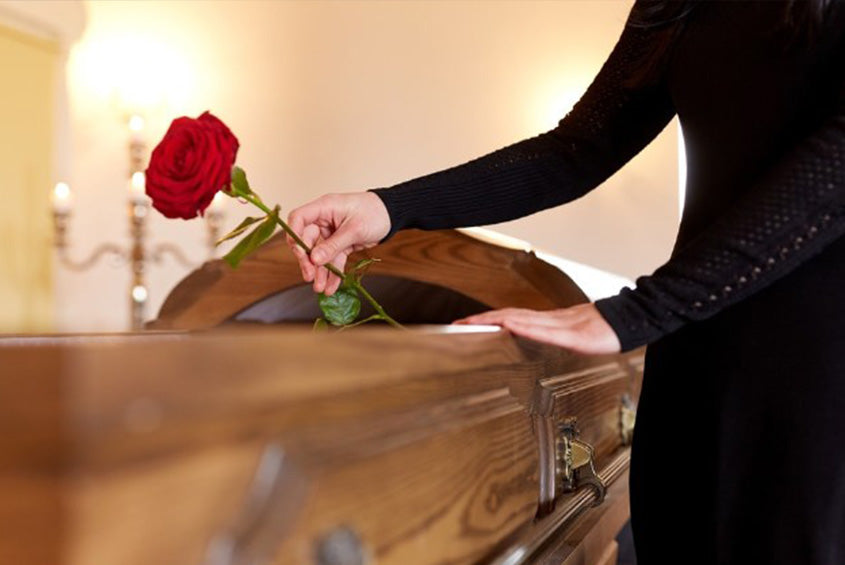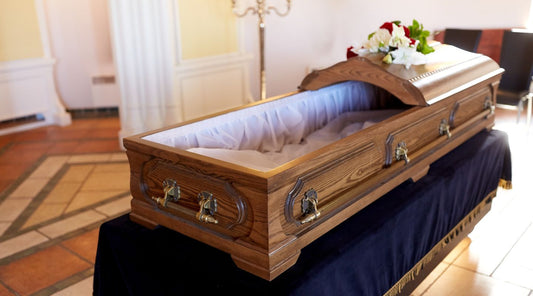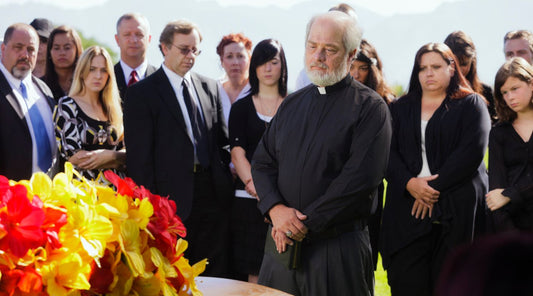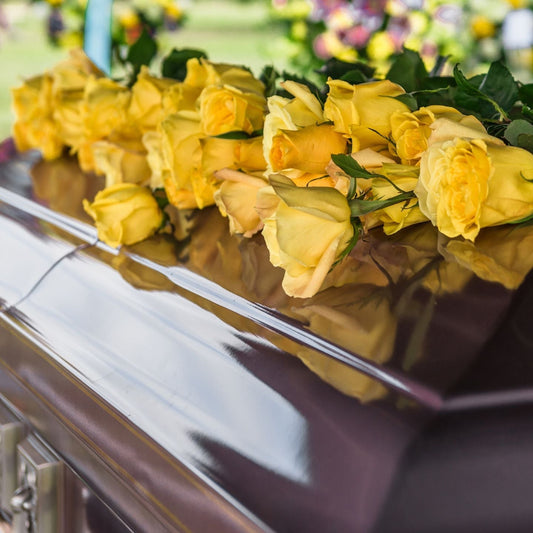
How Is a Body Placed in A Casket and "Secrets" Of Funeral Homes
Talking about death isn't easy, and dealing with it is one of the most challenging things to do in life. However, we need to brace ourselves and remember that we're all going to die, eventually. The later, the better, but still…
Maybe reading about what happens to the body and what people from the funeral home do to it is going to help you take a step back for gaining clarity. Obviously, it's impossible to think when someone you loved died. But it doesn't mean you shouldn't at least try.
What happens to the body after death?
There are plenty of natural processes that begin once the person has died. Here are some of the most interesting to know:
The body does cannibalize itself
Three days after death, the enzymes in your body will start to eat the body out. The cells become food for the bacteria in the gut, which can still eliminate noxious gas to make the body bloated. The eyes will protrude.
If the body is embalmed, though, the process will slow down so the eyes won't bulge outward anymore.
Embalming
Embalming can block body decomposition for a very long time, but where the body is buried matters a lot too. The quality of the chemicals used for the embalming also counts.
Where the embalmed body is placed also matters. In the case of a dry and arid environment, the body will last longer (remember the Egyptian mummies?), as moisture is the most damaging factor for bodies.
Composting
There’s a project out there that is composting the body, turning it into soil-building materials. It's instead an urban ecological option, which also helps with the overcrowded cemetery problem.
Adipocere
Grave wax (aka adipocere) is a waxy substance that will form on the parts of your body with fat (abdomen, cheeks, breasts, and buttocks). Adipocere is bacteria-resistant, so it can protect the body and make the decomposition run slower.
As long as the body isn’t accessible to insects, adipocere can develop one month after death and protect the body for more than a century.
Concrete vault or not?
Anyone going for the "dust to dust" should not go with embalming, sealed casket, and concrete vault.
When a concrete vault comes with plastic, it can take even 500 years until the body start gets to dirt.
Anyone looking to come back to earth, should go with a biodegradable casket/wood caskets and not use embalming. Don’t eliminate cremation, which is the easiest way to turn your body into dirt.
Exploding caskets
Even though it’s rare, the phenomena exist. Once a body is placed in a sealed casket, the gases from decomposing cannot escape anymore. As the pressure increases, the casket becomes like an overblown balloon. However, it’s not going to explode like one. But it can spill out unpleasant fluids and gasses inside the casket.
What do people in funeral homes do?
Truth be told, most of us only have a vague idea about what funeral directors actually do. Apart from taking care of the funeral service, we barely know about all the things they address when preparing a funeral service.
Here are some of the most interesting to know about:
They drive minivans
When you come to think of it, you rarely see when a dead body is picked up. It's because funeral homes use vans for picking up the body. As for the drive hearses, they're only used for the funeral ceremony.
They have plenty of secrets
Sometimes, the typical efforts to keep the eyes closed aren't working, so a bit of superglue can really do the trick. As a matter of fact, superglue is also used for closing up all puncture marks from needles on a corpse.
Moreover, when it’s necessary to maintain the deceased person’s hands folded at their abdomen and the arms don’t stop falling, a ponytail tie binding the thumbs can solve the problem.
It does take time to do the face
Some funeral directors admit that setting the features (a peaceful facial expression with a sweet smile) is one of the most challenging things to do. Even if it seems simple to obtain, it can take a lot of work to do it.
Sometimes, morticians will have to use cotton and stuff it down the throat and nose. They may also have to suture the mouth shut with a curved needle and thread, stitching between the nasal cavity and the jawbone. Some use a needle injector machine to finish faster. For keeping the lids closed and stopping the eye to cave in, they insert tiny spiked cups under the eyelids.
It goes without saying that some bodies will need more preparation than others.
It’s not possible to be buried under a tree
Not everyone likes the idea of embalming, so they would instead go with "green burial." It's typical for people to have a romantic take on the matter, wishing to be buried beneath a beloved tree.
Funeral directors remind us that the body has to be buried at least four feet from a tree to protect the tree's root system. It's not entirely under the tree, but it's the closest you can get. After all, if you want a green burial for environmental reasons, you don't want the tree to die because of your body.
If the image of being placed under a tree still obsesses you, you can also plant new trees or shrubs atop the grave. This way, the roots will grow right over your body.
Read also: What Is The Explanation Of Why Are Legs Covered In A Casket At Funeral?
Funeral directors can teach you how to prepare the dead body on your own
Some people in the funeral home industry think that people can also arrange bodies on their own at home. After all, when a body is chemically preserved, it somewhat loses its natural feel and resembles a was duplicate of the person.
It’s perfectly natural for the body to drop and become pale once decomposing begins. A day after one person has died, you can see it very clearly. A dead body should always look like a dead body. It can even help with the grieving process, sustaining acceptance.
Home funerals are now legal in all 50 states, even though the involvement of a funeral director is required in 10 countries.
All liquids go down the drain
One may think that the chemicals and body fluids from embalming are disposed of as biohazard, but it’s not true at all. On the contrary, the liquids are washed off the table, going straight into the drain.
Embalming can turn into 120 gallons of "funeral waste" (fecal matter, blood, and former content of internal organs), together with the chemicals from the preservation. Everything gets in the public sewer system, and it's released into waterways sooner or later.
Pacemakers can explode as well
It's not only the caskets that can blow but pacemakers too. We're talking about cremation, and the pacemaker's explosion can actually cause tremendous damage to the retort (cremation machine). Don't forget to tell the funeral director about the pacemaker so that he removes it before cremation.
Not all funeral directors see the dead
Most of the tasks of funeral directors are related to papers. They edit obituaries, obtain permits, file for the death certificate, send the obituaries to the newspaper, and so on. It's common for a funeral director only to see the dead person when it's sent for the service. Funny enough, some funeral directors see a dead body for the first time after several years.
Blog Author: Tim






